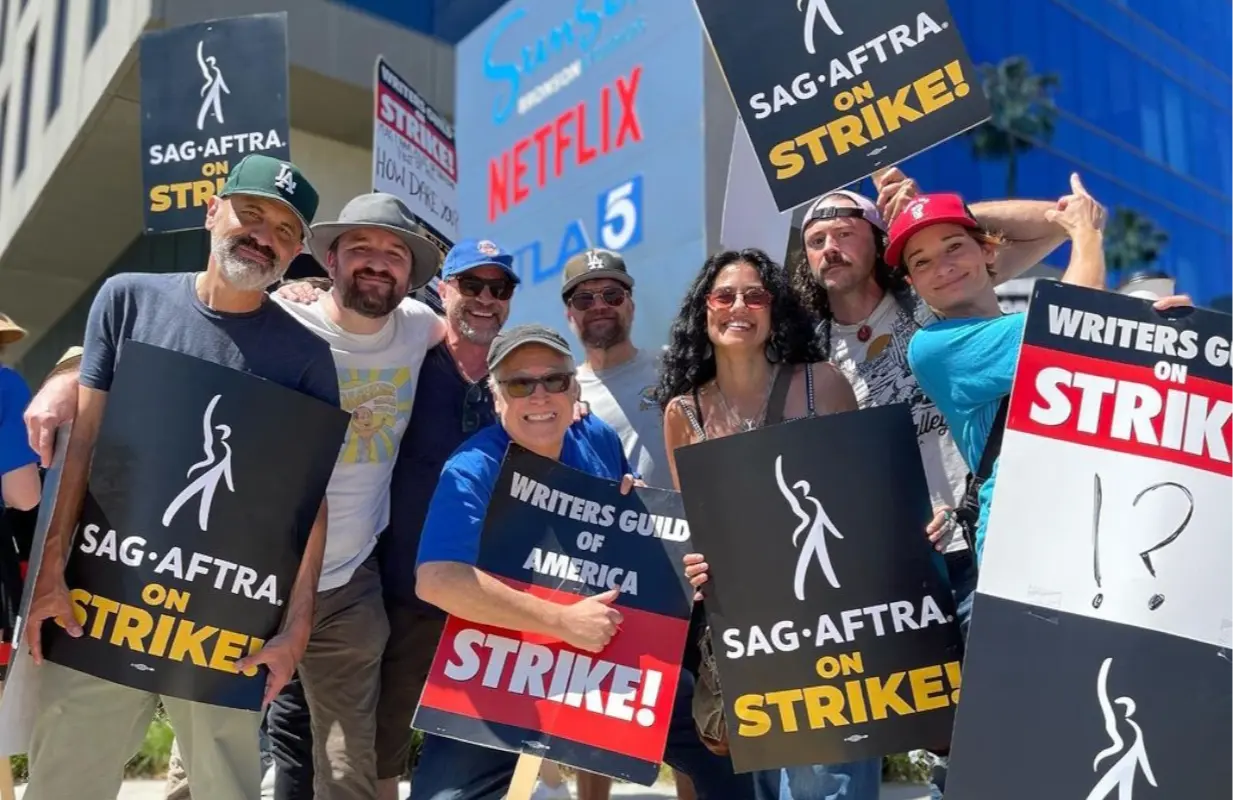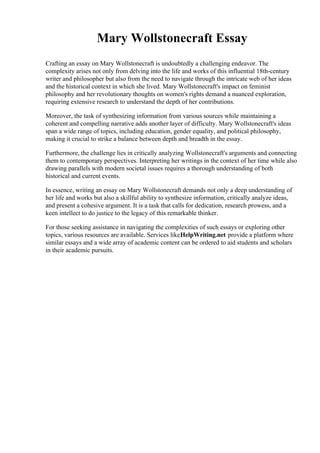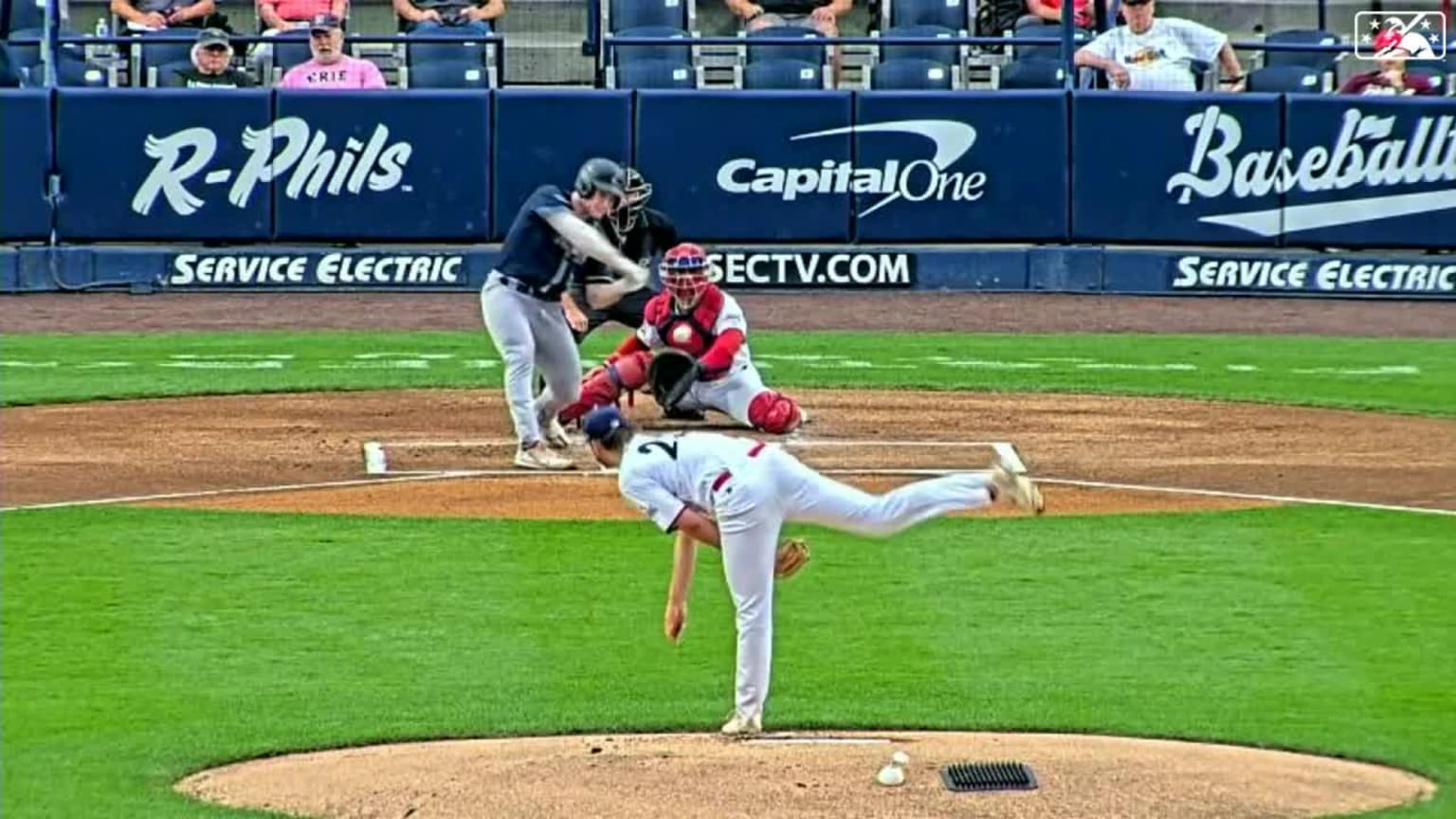WGA And SAG-AFTRA Strike: Understanding Hollywood's Production Shutdown

Table of Contents
Key Demands of the WGA Strike
The WGA strike represents a crucial fight for fair compensation, improved working conditions, and protection against the evolving landscape of the entertainment industry, particularly the impact of artificial intelligence.
Fair Compensation and Residuals
The core issue for WGA writers is the drastic decline in residuals in the streaming era. Traditional television models provided writers with substantial residuals based on syndication and reruns. Streaming platforms, however, often offer minimal or no residuals, leaving writers with significantly less compensation for their work despite the massive success of many streaming shows. This disparity between traditional television and streaming revenue models is a major point of contention.
- Examples of unfair compensation: Many writers receive a flat fee for their work on a streaming series, regardless of its viewership or global success. This contrasts sharply with the substantial residuals writers historically earned from network television syndication.
- Statistical data: Reports indicate that residuals for writers have decreased by as much as 40% since the peak of network television, significantly impacting their long-term income stability.
Protecting Writers' Rights in the AI Age
The WGA is also deeply concerned about the increasing use of artificial intelligence in writing. The potential for AI to replace human writers and diminish their creative control is a significant threat to their livelihoods and the future of the craft.
- WGA's proposed safeguards: The guild is pushing for regulations that ensure human writers retain creative control and are fairly compensated when AI is used in the writing process. This includes clear guidelines for the use of AI-generated content and the prevention of AI from replacing human writers entirely.
- Negative impact of AI: AI-generated scripts could lead to a homogenization of storytelling, a decrease in original content, and potentially displace hundreds, if not thousands, of writers.
Minimum Staffing Levels and Working Conditions
The WGA is also advocating for improved minimum staffing levels in writers' rooms. Overworked and understaffed writing teams lead to burnout, compromised creativity, and ultimately, lower quality television.
- Insufficient staffing examples: Many writers' rooms are operating with fewer writers than is necessary, resulting in excessive workloads and long hours. This leads to a decline in the quality of the scripts and negatively impacts the overall creative process.
- Negative impact of overwork: Studies show that overworked writers experience higher rates of stress, anxiety, and burnout, affecting not only their mental health but also the quality of their work.
Key Demands of the SAG-AFTRA Strike
The SAG-AFTRA strike mirrors many of the WGA's concerns regarding fair compensation and the impact of new technologies, but also adds critical points about actor-specific issues.
Fair Wages and Residuals for Streaming
Similar to the WGA, SAG-AFTRA is fighting for fair wages and residuals in the streaming era. Actors are often paid significantly less for streaming projects than they were for comparable work in traditional television. The lack of transparency in streaming revenue and the minimal residuals offered are primary drivers of the strike.
- Examples of actors struggling: Many actors, particularly those in supporting roles, find it difficult to make a living wage from streaming projects due to low pay and minimal residuals.
- Data comparing actor pay: Studies show a significant disparity between actor pay in the past and present, with streaming projects offering considerably less compensation than traditional television and film.
Protecting Actors from AI and Self-Tape Exploitation
SAG-AFTRA is also concerned about the increasing use of AI in replacing actors and the exploitation of actors through the widespread use of self-tape auditions.
- AI's encroachment on roles: The use of AI to create digital doubles and generate performances threatens actors' job security and creative control.
- Negative impact of self-tape auditions: Self-tape auditions, while convenient for studios, often come at the cost of actors' time and resources, with no guarantee of compensation. They also diminish the opportunity for proper direction and feedback during the audition process.
Issues Regarding Streaming Contracts and Contractual Terms
SAG-AFTRA is tackling the problem of ambiguous and exploitative contracts, particularly those related to streaming projects. The lack of clear guidelines and protective clauses leaves actors vulnerable.
- Problematic clauses: Many streaming contracts contain clauses that limit actors' ability to negotiate fair compensation and leave them with little protection against exploitation.
- Prevalence of problematic contracts: A significant number of actors have reported signing contracts with unfair or ambiguous terms, leading to disputes and financial hardship.
The Impact of the Joint Strike on Hollywood and Beyond
The combined power of the WGA and SAG-AFTRA strikes has created a widespread shutdown of Hollywood productions, with significant consequences for the economy and the industry's future.
Economic Consequences
The strike has already resulted in substantial economic losses for studios, production companies, and related businesses. The longer the strike lasts, the more significant the financial impact will be.
- Projected revenue loss: Estimates suggest billions of dollars in lost revenue for the entertainment industry as a result of the strike.
- Job losses: The strike has already led to job losses for crew members, caterers, and other professionals who depend on film and television productions.
Impact on Television and Film Production Schedules
The strike has caused significant delays and potential cancellations for numerous television shows and films. Release dates are being pushed back, and the long-term impact on production schedules remains uncertain.
- Examples of affected projects: Numerous high-profile television shows and films have already experienced delays due to the strike.
- Long-term impact: The disruption to production schedules could have long-lasting consequences for the industry, impacting release calendars for years to come.
Conclusion: Understanding the Ongoing Hollywood Strike and Looking Ahead
The WGA and SAG-AFTRA strikes represent a critical moment for the entertainment industry. The key demands – fair compensation and residuals in the streaming era, protection against AI exploitation, and improved working conditions – highlight the need for a fundamental reassessment of labor practices in Hollywood. The joint strike's impact is far-reaching, impacting not just production schedules but the economic well-being of countless individuals and businesses. The resolution of this strike will have long-term implications for the future of filmmaking and television. Stay updated on this crucial moment in Hollywood history by following the official websites of the WGA and SAG-AFTRA, and reputable news sources covering the strike.

Featured Posts
-
 Clayton Keller Reaches 500 Nhl Points A Missouri Milestone
May 02, 2025
Clayton Keller Reaches 500 Nhl Points A Missouri Milestone
May 02, 2025 -
 Enexis Slim Opladen In Noord Nederland Buiten De Piektijden
May 02, 2025
Enexis Slim Opladen In Noord Nederland Buiten De Piektijden
May 02, 2025 -
 Christina Aguilera Fans Accuse Singer Of Excessive Photoshopping In New Photoshoot
May 02, 2025
Christina Aguilera Fans Accuse Singer Of Excessive Photoshopping In New Photoshoot
May 02, 2025 -
 England Star Georgia Stanway Mourns Girl Killed In Kendal Pitch Tragedy
May 02, 2025
England Star Georgia Stanway Mourns Girl Killed In Kendal Pitch Tragedy
May 02, 2025 -
 Is Joe Biden To Blame For The Slowing Economy A Deep Dive Analysis
May 02, 2025
Is Joe Biden To Blame For The Slowing Economy A Deep Dive Analysis
May 02, 2025
Latest Posts
-
 Alan Rodens Contributions To The Spectator Exploring His Writings
May 03, 2025
Alan Rodens Contributions To The Spectator Exploring His Writings
May 03, 2025 -
 Can Farmers Trust Reform Uk To Support The Agricultural Sector
May 03, 2025
Can Farmers Trust Reform Uk To Support The Agricultural Sector
May 03, 2025 -
 Alan Roden A Profile Of The Spectators Author
May 03, 2025
Alan Roden A Profile Of The Spectators Author
May 03, 2025 -
 Reform Uk And Farming A Detailed Examination Of Their Policies
May 03, 2025
Reform Uk And Farming A Detailed Examination Of Their Policies
May 03, 2025 -
 Examining Reform Uks Agricultural Plans Promises Vs Reality
May 03, 2025
Examining Reform Uks Agricultural Plans Promises Vs Reality
May 03, 2025
